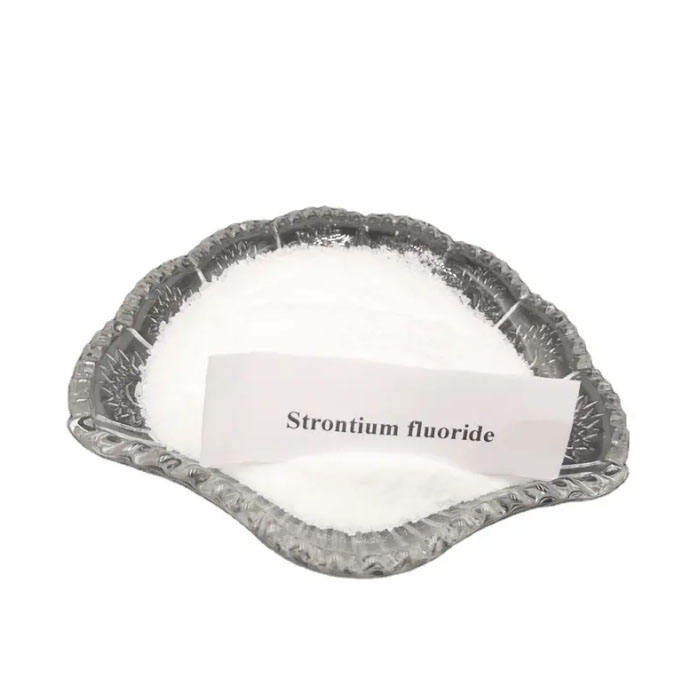



Chemicals Commonly Utilized in Reverse Osmosis Water Treatment Plants
Chemicals Used in Reverse Osmosis Plants
Reverse Osmosis (RO) is a widely used water treatment technology that effectively removes impurities from water, making it suitable for various applications, including drinking water, industrial processes, and even seawater desalination. While the physical process of RO involves the use of a semi-permeable membrane, the role of chemicals in the operation and maintenance of RO systems is equally crucial. This article delves into the key chemicals used in RO plants, their purposes, and their impact on system efficiency.
Pre-Treatment Chemicals
Before water undergoes the reverse osmosis process, it typically undergoes pre-treatment to protect the membranes and enhance the overall efficiency of the system. The following chemicals are commonly used during this phase
1. Coagulants Chemicals such as aluminum sulfate (alum) or ferric chloride are employed to aggregate suspended particles in water. This coagulation process allows for easier removal of particulates during the filtration stage.
2. Flocculants After coagulation, flocculants like polyacrylamide are introduced to aid in the agglomeration of larger particles, forming flocs that can be removed through sedimentation or filtration.
3. Antiscalants Scale formation is a significant challenge in RO systems. Antiscalants, such as polyphosphates and polyacrylic acids, are added to prevent the precipitation of scale-forming minerals like calcium carbonate and gypsum on the membrane surfaces.
4. pH Adjusters Chemicals such as sulfuric acid or sodium hydroxide may be used to adjust the pH of the feedwater. Maintaining an optimal pH is vital for preventing scaling and ensuring the stability of other chemical reactions.
Cleaning Chemicals
Over time, fouling and scaling can occur on RO membranes, reducing their efficiency
. Regular cleaning is necessary to maintain system performance, and various cleaning chemicals are employed in this process, including1. Acids Cleaning agents like citric acid or hydrochloric acid are used to remove inorganic scales and precipitates, such as calcium and magnesium scales, from the membranes.
what are the chemicals used in ro plant

2. Alkaline Cleaners Solutions containing sodium hydroxide or sodium carbonate help remove organic fouling, including biological growth, oils, and greases that can accumulate on the membrane surface.
3. Surfactants Surfactants may also be incorporated into cleaning solutions to help disperse and remove organic contaminants by reducing surface tension and enhancing solubility.
Antimicrobial Agents
To control biological fouling, which can significantly hinder the performance of RO systems, some plants utilize antimicrobial agents. Chemicals like chlorine or ozone may be used in controlled doses to disinfect the feedwater before it enters the RO system. However, care must be taken, as high concentrations of chlorine can damage RO membranes.
Post-Treatment Chemicals
Once the RO process is complete, post-treatment chemicals may be added to the purified water to ensure it meets quality standards. Common post-treatment chemicals include
1. Mineral Additives In some instances, minerals such as calcium or magnesium are added back into the treated water to enhance taste and promote health benefits.
2. Disinfection Agents Chemicals like chlorine or potassium permanganate can be added post-treatment to ensure that the treated water remains free from microbial contamination during storage and distribution.
Conclusion
The effective operation of reverse osmosis plants relies not only on the advanced technology of membranes but also on the strategic use of various chemicals during different stages of the water treatment process. From pre-treatment to cleaning and post-treatment, these chemicals play a vital role in enhancing efficiency, maintaining membrane integrity, and ensuring the safety and quality of the purified water. As technology advances, the ongoing research into more sustainable and environmentally friendly chemical options continues to be paramount in enhancing the efficacy of RO systems while minimizing their ecological footprint.
-
Why Sodium Persulfate Is Everywhere NowNewsJul.07,2025
-
Why Polyacrylamide Is in High DemandNewsJul.07,2025
-
Understanding Paint Chemicals and Their ApplicationsNewsJul.07,2025
-
Smart Use Of Mining ChemicalsNewsJul.07,2025
-
Practical Uses of Potassium MonopersulfateNewsJul.07,2025
-
Agrochemicals In Real FarmingNewsJul.07,2025
-
Sodium Chlorite Hot UsesNewsJul.01,2025










